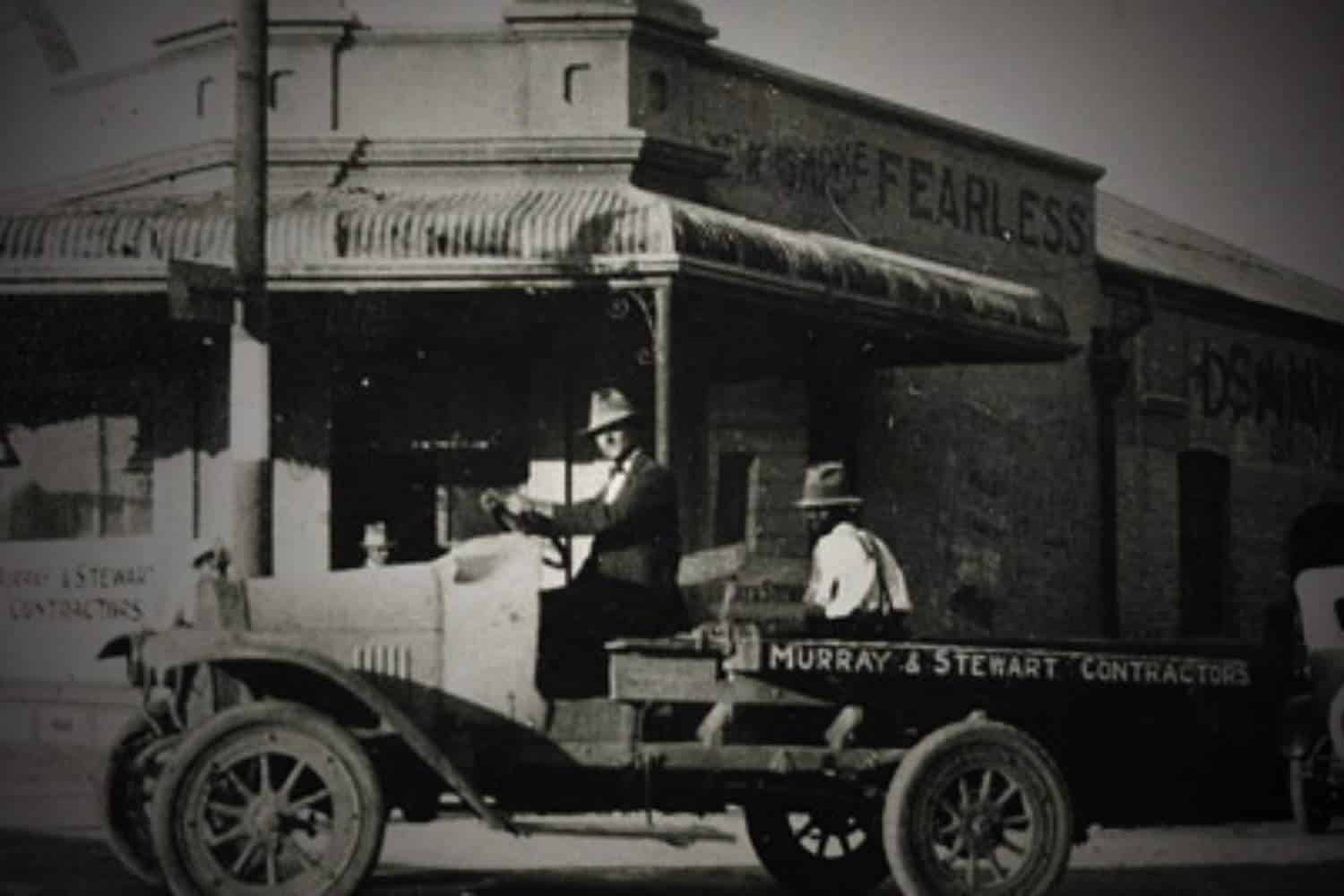JSE-listed engineering and construction group Murray & Roberts Holdings has officially entered liquidation after the Gauteng Division of the High Court granted a final order this week, bringing an end to one of South Africa’s oldest and most iconic companies.
In a notice to shareholders, the group confirmed that the liquidation follows months of financial distress and restructuring efforts.
Theo van den Heever has been appointed as the provisional liquidator, while shareholders await further details on the delisting process from the Johannesburg Stock Exchange (JSE) ahead of the company’s winding up.
Although Murray & Roberts Holdings (MRH) is being dissolved, its key operating subsidiary, Murray & Roberts Limited (MRL), remains under business rescue — a form of legal protection that allows financially troubled companies to restructure under the supervision of court-appointed practitioners.
MRL’s operations, which include mining, energy, and infrastructure projects, are not directly affected by the holding company’s liquidation.
MRL entered business rescue on 22 November 2024 after significant financial strain. As part of its rescue plan, the company agreed to sell its major mining interests — including its Cementation businesses in Africa and the Americas, as well as TNT in the Americas — to investment firm Differential Capital.
This sale effectively removed MRH’s revenue-generating assets, leaving the holding company commercially insolvent.
In its last financial statements for the six months ending 31 December 2024, MRH reported a R646 million operating loss, a steep decline from R2 million the previous year.
The company also posted an attributable loss of R1.4 billion, with a total loss per share of 414 cents once discontinued operations were included.
Much of this loss came from clients calling in guarantees on MRL projects, including those in the renewable energy sector and mining operations, where project delays and descoped contracts caused severe liquidity problems.
De Beers’ decision to scale back a major mining contract at its Venetia Mine was particularly damaging, as the project represented more than half of the division’s revenue.
The impact cascaded through MRH’s balance sheet, leaving it unable to meet financial obligations to creditors.
Founded in 1902 as Murray & Stewart, the company began as a small house-building business in the Cape Colony. It later merged with Roberts Construction in 1967 to form Murray & Roberts Holdings.
Over the decades, it grew into a multinational engineering and construction powerhouse, contributing to landmark projects such as the Gautrain, the Medupi Power Station, and Cape Town Stadium.
The group’s long history was marked by both triumphs and challenges. It played a pivotal role in building South Africa’s modern infrastructure but also faced major setbacks, including a R309 million fine in 2013 for anti-competitive behaviour and several project-related losses in the years leading to its downfall.
Despite its demise, MRL’s business rescue process is ongoing and could preserve around 2,800 jobs across its subsidiaries, particularly within Cementation Africa. Business rescue practitioners have described this as “the most viable path forward” to ensure continuity in key engineering and mining projects.
The liquidation of Murray & Roberts Holdings closes a 123-year chapter in South Africa’s industrial history — one that saw the company evolve from a small builder to a symbol of engineering excellence, and ultimately, a casualty of shifting markets and financial strain.
